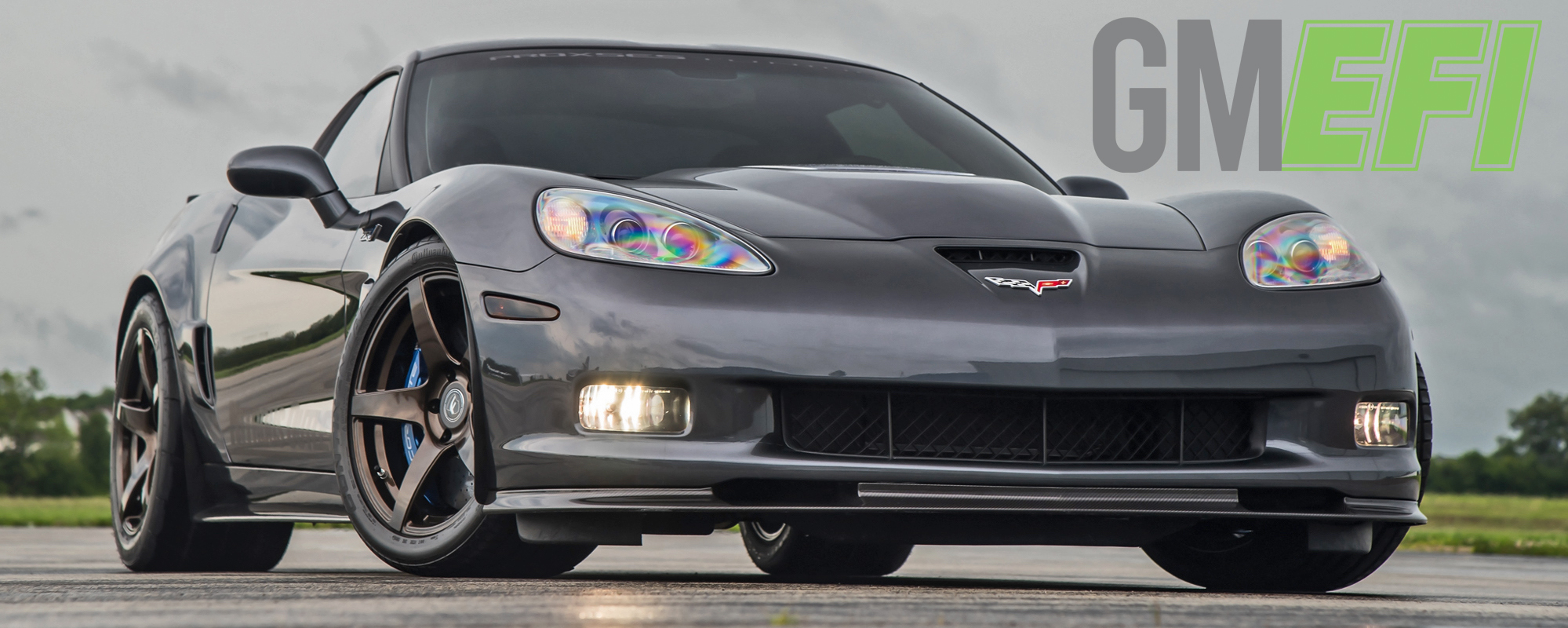For years, there has been a back and forth battle between enthusiasts on whether or not a cold-air intake is just marketing hype or a legitimate investment in which to make for your project vehicle. We know the truth as we’ve encountered it firsthand, but to help make our case we’ve reached out to our friends at JLT Performance for a bit more insight, as well as a peak at their product lineup for 5th-gen Camaros.
In short, your vehicle’s engine is essentially a massive, powerful and petroleum powered air pump. It inhales air through the airbox to feed into the intake, pumps air into the intake manifold and it expels the spent fumes from its exhaust system. Naturally, the more air you can feed into the engine, balanced with the correct level of fuel distribution and spark timing, the more power you’ll make.
A perfect example to start from would be the Camaro ZL1. Equipped with a 580 hp supercharged V8 from the factory, it leaves loads of performance potential on tap, even in stock form. Once you install a pulley set, a low-restriciton exhaust system (particularly headers), and perhaps an aftermarket camshaft that’s designed to leave the valves open just a little bit longer than normal, you’re simply going to require more air into the engine that what the OEM airbox can provide.
Let’s face it, the factory airbox is designed to quell intake sound decibel levels, as per required by federal drive-by noise regulations, while feeding just enough air into the stock engine to keep it happy. It simply isn’t designed for maximum performance in mind.
With that being said, let’s take a look at this particular ZL1 JLT Performance brought into their shop just a few months back. Arriving with a higher-flowing set of 750cfm ID injectors, an aftermarket cam, 90mm throttle body, long-tubes, ported snout, upper and lower pulleys, a tune, and another brand’s CAI kit, this ZL1 is a pretty fair representation of what many owners are currently doing with their cars. Prior to installation, JLT’s Jay Tucker and DTP Racing‘s Brent Hughes, strap the car down to their in-house dyno for a baseline run.
With a baseline pull producing 653hp to the tires, Brent calibrates the Camaro’s ECU to accept the new transfer functions that’ll work with the larger MAF sensor housing, which in turn, will further compliment the larger JLT intake tubing. Going from 95mm to 123mm, they want to keep an “apples to apples comparison” for the test. Doing so, means maintaining the current fuel and timing tables as before, so the load is the same, only changing the tune just enough for the car to understand that it has a larger MAF sensor housing.
Once the kit was installed and a few more passes were made, the car made a best pull of 684 hp to the tires, or an additional 31 peak horsepower and 50-plus foot-pounds of twist to the rear tires, just from the intake kit. Now it should be said that your results could vary based on modifications, tuning, dynometers, etc., although this is a pretty solid representation of what a JLT Performance cold-air kit could potentially do for your own vehicle. They’re currently available for 2010-2015 Camaro SS and ZL1, and with and without SCT handheld tuners included in the kits.
Of course we’ll still have some of you doubt this feat, saying that we’re only here to hype up our friends in the industry… That’s why we’ve recently ordered up one of these for a bone-stock 5th-gen SS that we’ll be using as test car in the near future, to further prove this fact. Stay tuned for the full story on that one, only here, at GM EFI Magazine.

Rick Seitz is the owner and founder of GMEFI Magazine, and has a true love and passion for all vehicles. When he isn’t tuning, testing, or competing with the brand’s current crop of project vehicles, he’s busy tinkering and planning the next modifications for his own cars.














